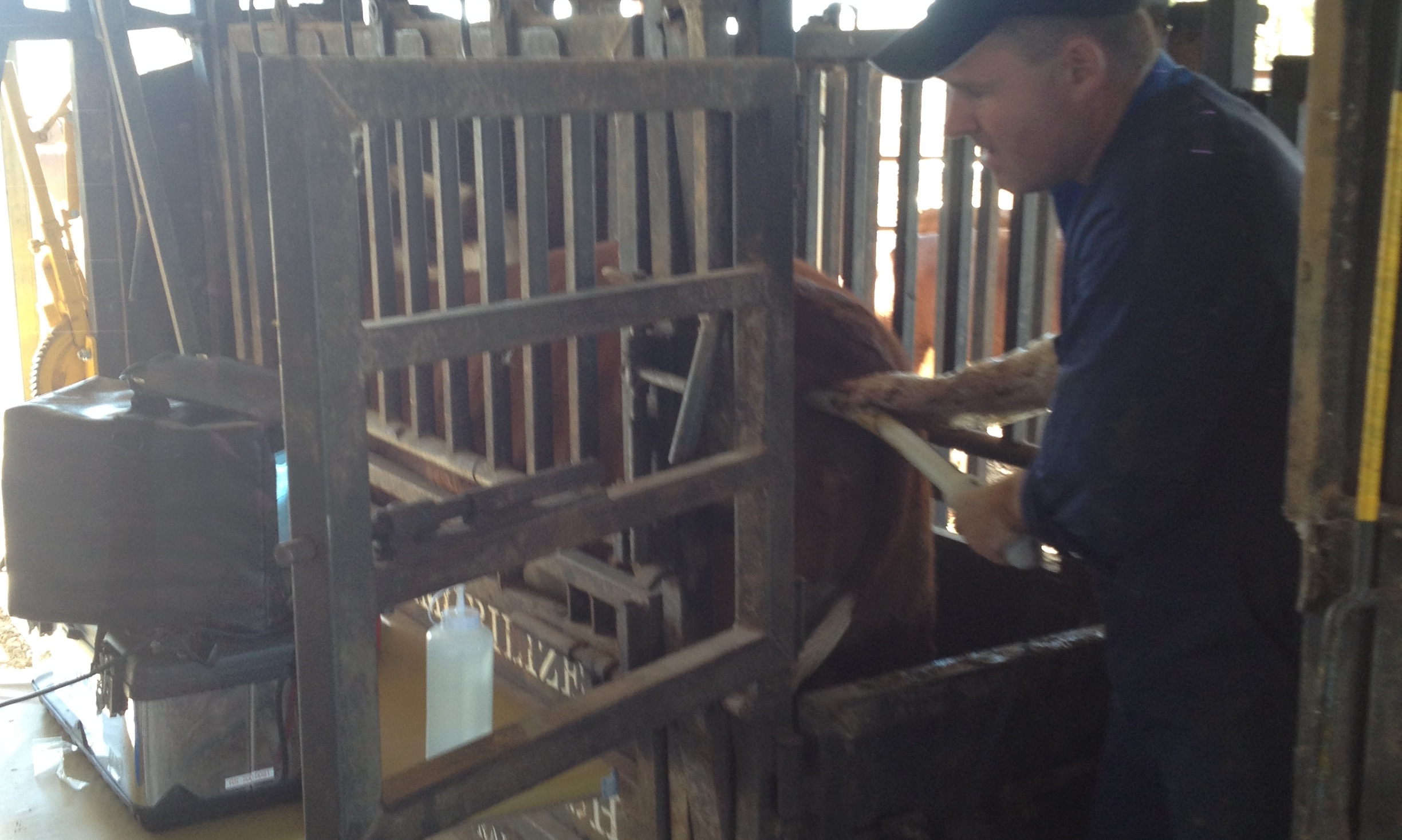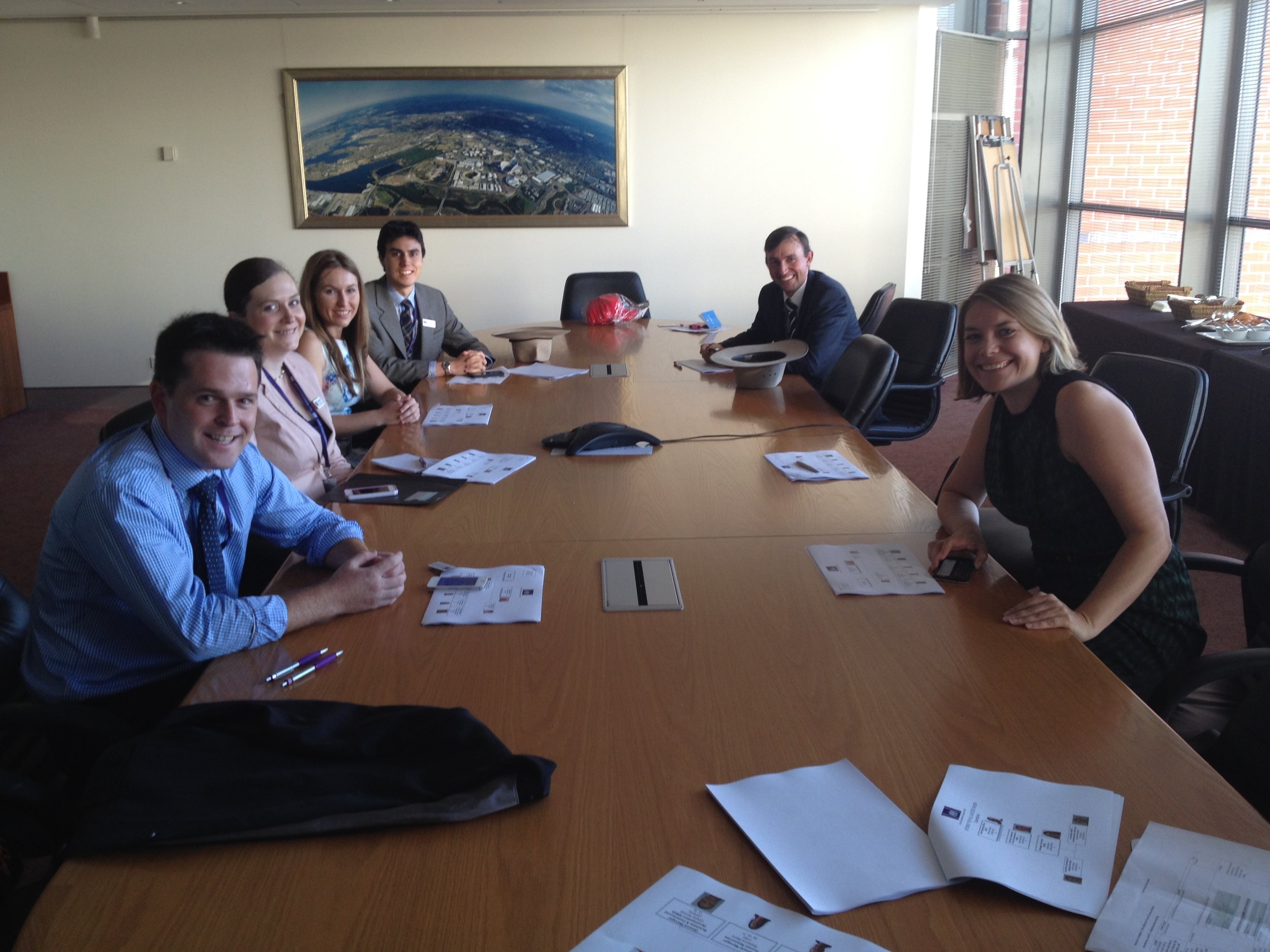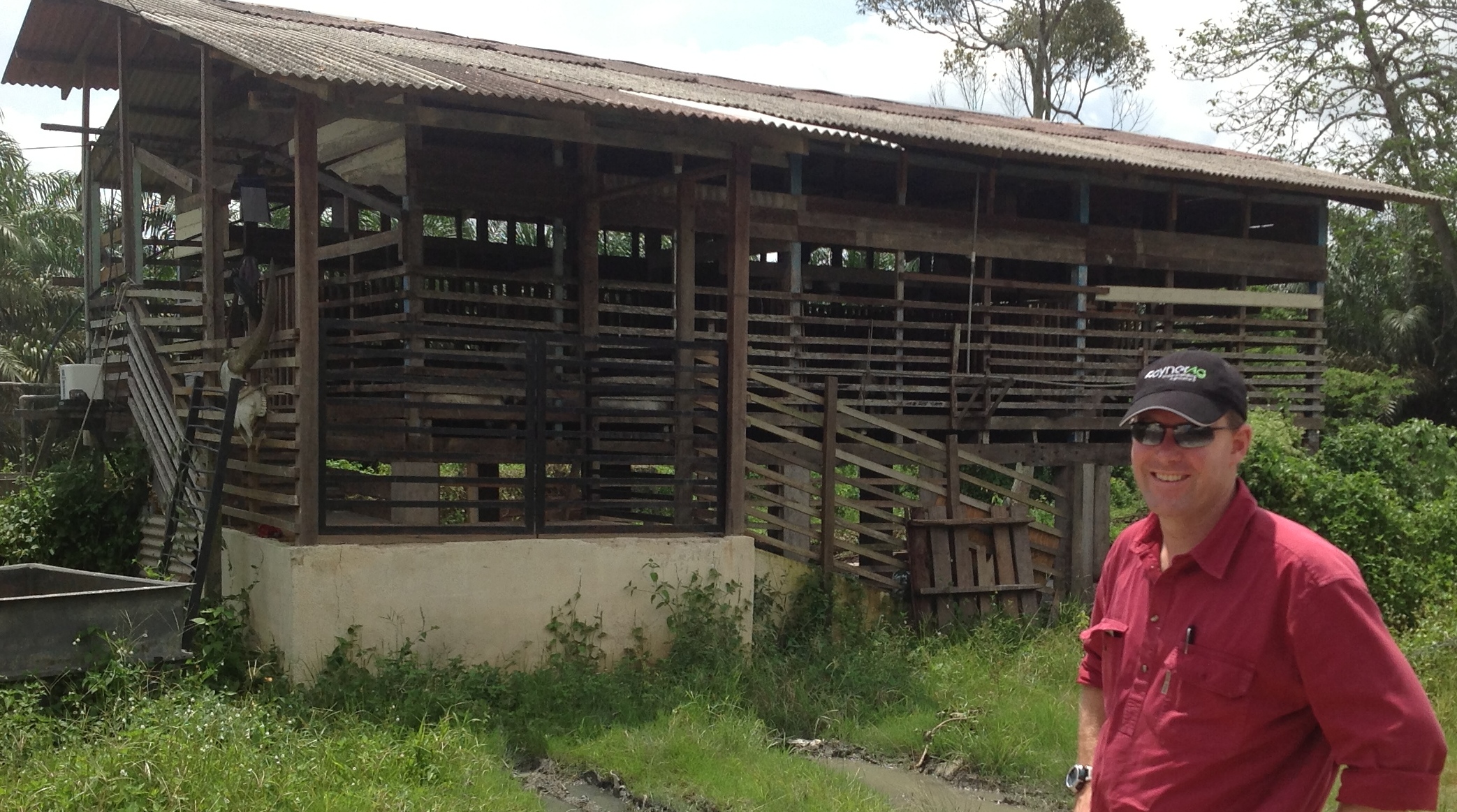Mentors can make a huge difference in your career and in your life generally. I've been incredibly fortunate to have enjoyed the guidance of a number of mentors.
So what is a mentor? I reckon a mentor is a person who can demonstrate an example of how to go about things, who can share knowledge and experiences, and wants to provide you with a ready ear to listen and discuss your actions and often the results of those actions! If you are really lucky, a mentor can become your friend as well as your guide.
When I joined the NSW Department of Agriculture as a Trainee Livestock Officer (Beef Products) I was fortunate in having two exceptional mentors formally appointed for my first year in the job. When I was appointed to the Glen Innes district as the Beef Cattle Officer, I became part of a small tight knit team. I'll always consider myself incredibly blessed to have been part of the team that had been so effective in working and helping the NSW beef industry for so long. The older experienced Beefo's were the ones we looked to as new team members. I came to see Bill McKiernan as my unofficial mentor.
I was always very much on my toes around Bill. He was based at Scone and was the go to person for pretty much most things. Bill was the pioneer in describing muscling in cattle, in developing the language we commonly use, and showing producers just how valuable muscling could be in their herds.
Bill's contribution to the beef industry was so much more than his work in muscle assessment. He played an integral role in developing drought management strategies as well as undertaking a huge role in extending the results of much of the cross breeding research undertaken by the Department.
Not only was Bill involved in the beef industry, he also undertook a large amount of applied research and extension with the horse industry in the Hunter Valley.
In fact there pretty much wasn't much that had been done by the Department in beef production that Bill hadn't been involved in or contributed to. If you look at the NSW DPI Prime Facts, Bill was the author or a co author on most of them.
For a young Beefo, Bill's knowledge and experience were vital in supporting my initial steps into beef extension.
As my career developed I came to know Bill more personally as well as professionally. Bill understood agricultural extension in the way very few people actually did. He was able to discuss and shape extension programs and provide encouragement to focus on being not just technically sound in the field of beef production, but to become equally proficient as an extension specialist.
Bill was pretty much a black and white operator. He described things as he saw them. If you weren't prepared for it, his assessment of an event or a position could shake you. I think all the team lived in fear of Bill telling us what he thought of something that wasn't up to standard! But it also meant that I learned to avoid the Data Free Opinion! To know what I was talking about before I opened my mouth and to have developed a thorough understanding of the project I was involved within.
Sadly, Bill McKiernan passed away over the weekend after a long illness. My thoughts and prayers are with Bill's family and his friends. This week Australian agriculture has lost one of its greatest contributors and supporters. I'm grateful my career has been influenced by Bill, and I'm pretty sure his influence will still mentor me into the future.





















































